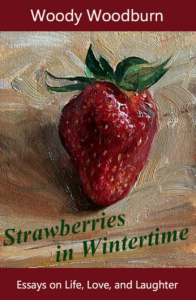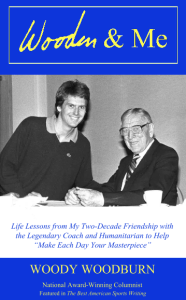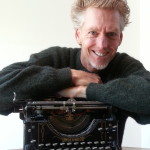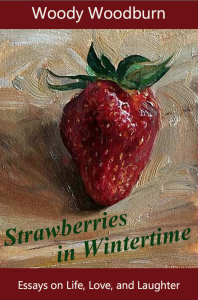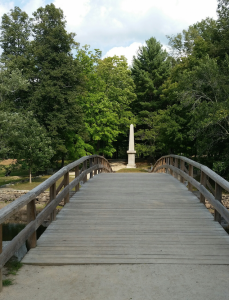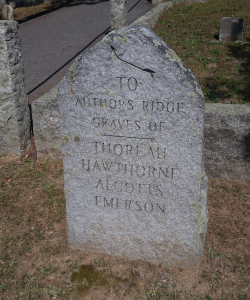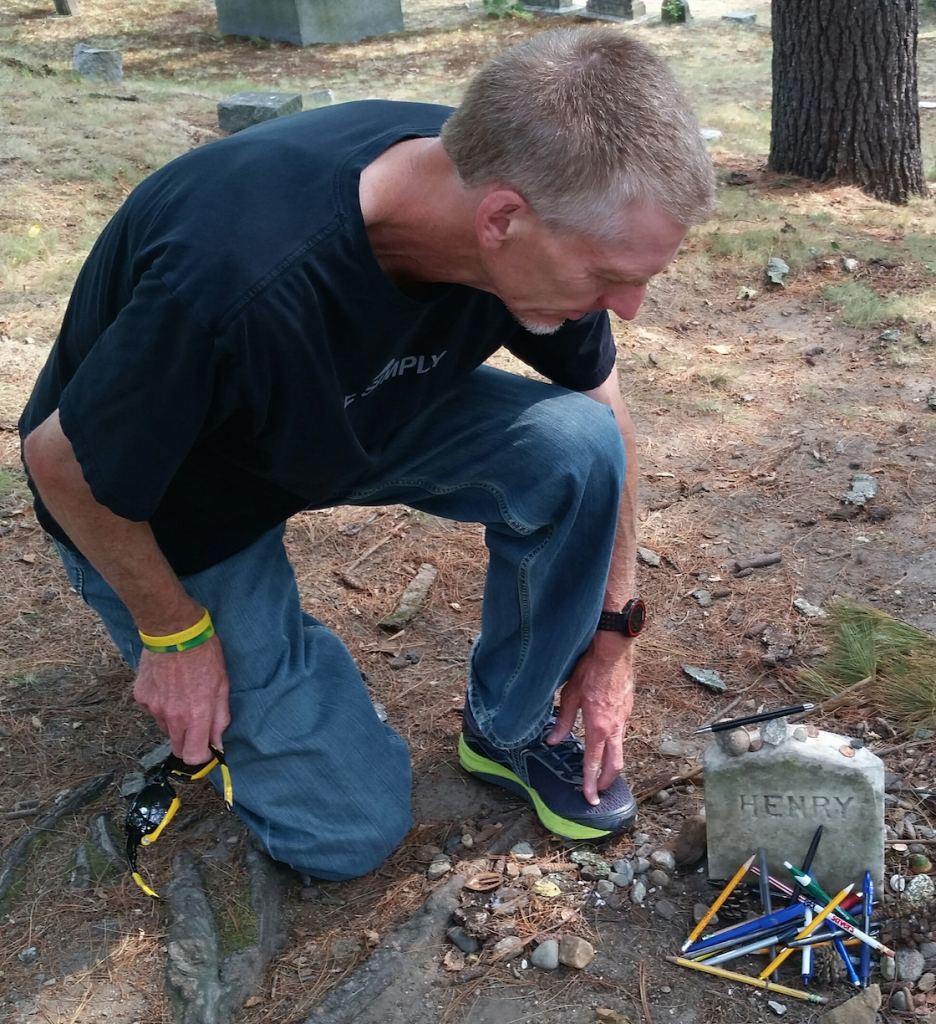A cliché, overworn to threads, has it that something really boring is “like watching paint dry.”
While I have never felt obliged to test the truth of this adage, in my experience watching someone paint can be the diametric opposite of dull. An artist at work on a canvas, or a person painting a wall with a hand so steady he or she doesn’t need painter’s tape to protect the ceiling and baseboards, can be quite spellbinding.
Indeed, when admirable skill is involved, I can sit for a good long while watching a master at task in most any endeavor. I once watched, totally entranced for an hour, a bricklayer methodically and expertly erect a wall – tall and square and handsome.
Shortly thereafter, by coincidence or perhaps serendipity, I came across a passage by Henry David Thoreau that resonated beautifully. Thoreau has a way of doing that. This time it was in “Walden: or Life in the Woods,” specifically in Chapter 13 titled “House-Warming,” where he descriptively wrote in part:
“When I came to build my chimney I studied masonry. My bricks being second-hand ones required to be cleaned with a trowel, so that I learned more than usual of the qualities of bricks and trowels… I filled the spaces between the bricks about the fireplace with stones from the pond shore, and also made my mortar with the white sand from the same place… I was so pleased to see my work rising so square and solid by degrees, and reflected, that, if it proceeded slowly, it was calculated to endure a long time.”
“Casa Joyous Garde,” as our Woodburn abode has been nicknamed, is currently undergoing its own house-warming, to use Thoreau’s hyphenated spelling – or, rather, a modest house-remodeling. And so it is that I watched Thoreau build a chimney “rising to the heavens,” as he noted – or, rather, Adan build two glass-block walls rising to the ceiling for a walk-in shower.
Instead of second-hand bricks, Adan used brand-new blocks, each roughly 8 inches square by 4 inches thick. The blocks, it turns out, are not quite uniform in size, thus adding a degree of difficulty in making the walls flat and true with each horizontal row perfectly level.
Accomplishing this required deftly altering the spaces between – a little extra mortar when the blocks were a tad smaller than their neighbors; slightly less mortar when they were a smidgen larger; with the end work pleasingly rising so square and solid by degrees.
Even watching Adan mix his own stone-white mortar was to witness an artisan at his craft. Much like a baker kneading bread, alternately adding a touch more flour or a sprinkle of water, until achieving the ideal consistency and elasticity, here a texture was required smooth enough for spreading mortar – called “buttering” in mason-ese – onto the blocks, yet thick enough to hold form.
Like Thoreau’s chimney, the glass walls with an adjoining rounded corner proceeded slowly to rise, 84 blocks in all, until reaching a height of nine feet. It is now easy to reflect that it was calculated to endure a long time. Indeed, after the mortar hardened fully, Adan pounded on his handiwork with the heel of his fist – Thump! THUMP! – so hard as to echo loudly, then smiled widely and said proudly: “It’s very strong! Very, very solid!”
Thoreau also wrote, “Do not hire a man who does your work for money, but him who does it for the love of it.” Adan displayed such a love for his work. Likewise, I loved watching him at it.
* * *
Essay copyrights Woody Woodburn
Woody writes a weekly column for The Ventura County Star and can be contacted at WoodyWriter@gmail.com. Follow him on Twitter and Instagram at @woodywoodburn. His SIGNED books are available at www.WoodyWoodburn.com.
